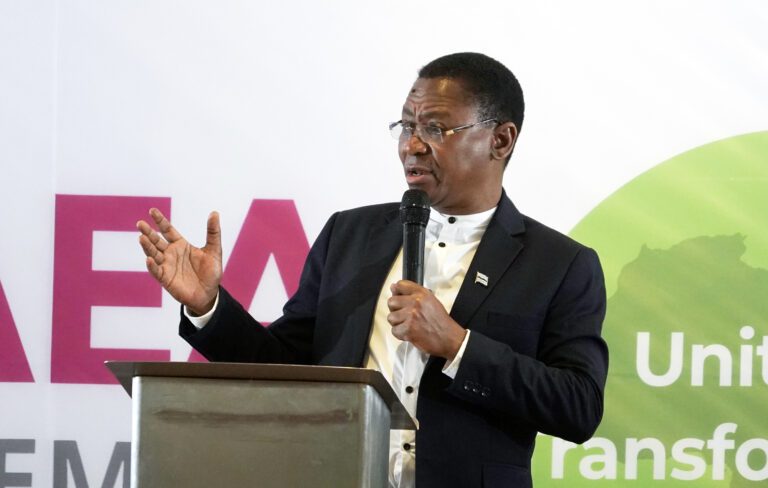The 13th General Assembly of the African Evangelical Association (AEA) shared a passionate call for unity and a vision of a transformed Africa on the evening of Friday, May 23rd. The event brought together around 150 evangelical leaders from the continent and global partners, and closed with comments from Dr. Master Matra Hope, Executive Director of the AEA.
The three-day rally, held under the theme of “Unity of Africa’s Change,” was convened at All-Sereni in Nairobi and featured a variety of sessions addressing the need for strong collaborations, including theological education, youth engagement, political witnesses and national evangelical fellowships.
In his closing speech, Dr. Mattelharp urged his agents to return to their respective countries as agents of unity and transformation. He emphasized that inuniformity is one of the major obstacles to Africa’s prosperity and describes it as “the enemy’s weapon to keep us weak and poor.”
“Whether geography, tribal or colour, church unity is key to Africa’s transformation,” MatraOpe said. “We stood there and we fell.”
Based on Agenda 2063, the African Union’s 50-year development plan, Matlhaope contrasts with the vision of the AU of “the Africa we hope for” and what he described as “the African God wants”: a continent that guides the leaders of sincerity, justice, and hope and public life.
“We must look beyond the current challenges and accept the magnitude of God’s vision for Africa,” he said. “Let hope win over despair, unity overcome division, and build Africa where prosperity is inheritance for all generations.”
While acknowledging Africa’s vast resources and youthful population, Mattelharp warned, assuming that demographic trends alone would lead to a better future. “Youth bulge is not automatically a young person’s dividend,” he warned. “If we fail to equip and empower young people, we pay the price,” he said.
In response to demographic realities, Matlhaope has announced plans to relocate youth engagement as a central pillar of the AEA’s strategic plan for the next five years. Leaving away from previous models that grouped youth ministry with other departments, he said the new approach would treat youth as “a mission force, not just a mission field.”
“Young people are indigenous people of the present and the future,” he said. “They are digitally native, agile and innovative. They need the wisdom and theological grounds of the older generation, but we should not continue to entrust them to margins.”
Referring to biblical examples such as Moses and Joshua, Paul and Timothy, Jesus and his disciples, Mattleharp highlighted the importance of intergenerational leadership transitions. “When we were younger, someone gave us a chance. Now it’s our turn,” he said.
Matlhaope’s address contained subdued statistics on socioeconomic challenges in Africa. Almost half of the world’s people living in extreme poverty are in Africa, indicating that by 2030 90% of the world’s poorest are on the continent. He cited widespread youth unemployment, health crisis and corruption as continuing barriers to transformation.
He also warned of possible declines in Western aid and influence, noting recent changes in US funding cuts and global changes in donor priorities. In light of this, he said Africa must increasingly rely on “its own ingenuity, resources, unity” to shape its future.
“Our continent is not poor,” declared MatraOpe. “Africa holds 65% of the world’s arable land and 30% of the world’s mineral reserves. If managed well, these could lead to unprecedented prosperity.”
The AEA Executive Director helps draft the association’s next five years of strategic plan, inviting stakeholders to demonstrate the urgency and the need for collective ownership. Comments and insights shared during the assembly are recorded and serve as reference material to shape the new plan, he said.
“We are part of something much bigger than ourselves,” MatraOpe said at the closing session. “Let us return to the nation and force the unity of the church and the unity of Africa. The Africa God desires is within reach.
